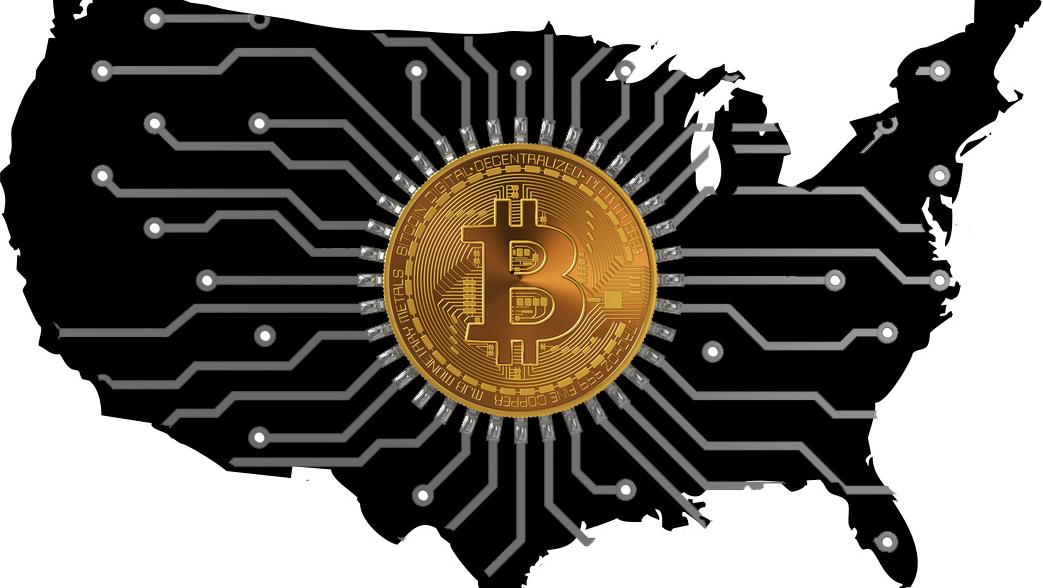PALO ALTO, Calif. (Reuters) - The Federal Reserve is looking at a broad series of issues around digital payments and currencies, consisting of policy, design and legal factors to consider around possibly releasing its own digital currency, Governor Lael Brainard stated on Wednesday. Brainard's remarks suggest more openness to the possibility of a Fed-issued digital coin than in the past." By changing payments, digitalization has the prospective to provide greater value and benefit at lower cost," Brainard said at a conference on payments at the Stanford Graduate School of Business.
Reserve banks globally are debating how to manage digital finance innovation and the distributed ledger systems used by bitcoin, which promises near-instantaneous payment at potentially low cost. The Fed is developing its own round-the-clock real-time payments and settlement service and is presently reviewing 200 remark letters sent late in 2015 about the suggested service's jeff-brown-5g-devices.lifeinsurancehoustontx.com/page/legacy-research-group-linkedin-sr-legacy-research-qHw8RX2HovTh style and scope, Brainard stated.
Less than 2 years ago Brainard informed a conference in San Francisco that there is "no compelling showed need" for such a coin. But that was before the scope of Facebook's digital currency ambitions were extensively understood. Visit the website Fed authorities, including Brainard, have raised issues about customer protections and data and privacy risks that might be postured by a https://5g-fortunes-jeff-brown.matthew-sharpe.net/page/collaborative-assistant-systems-legacy-research-groups-legacy-research-reviews-XJEQ22E4rfe currency that might enter use by the third of the world's population that have Facebook accounts.
" We are working together with other reserve banks as we advance our understanding of central bank digital currencies," she stated. With more countries checking out issuing their own digital currencies, Brainard said, that contributes to "a set of reasons to likewise be making certain that we are that frontier of both research study and policy advancement." In the United States, Brainard stated, problems that require research study include whether a digital currency would make the payments system safer or easier, and whether it might present financial stability dangers, including the possibility of bank runs if money can be turned "with a single swipe" into the central bank's digital currency.
To counter the financial damage from America's unmatched nationwide lockdown, the Federal Reserve has taken unmatched steps, including flooding the economy with dollars and investing directly in the economy. Most of these moves received grudging acceptance even from many Fed skeptics, as they saw this stimulus as required and something only the Fed might do.

My brand-new CEI report, "Government-Run Payment Systems Are Unsafe at Any Speed: The Case Versus Fedcoin and FedNow," information the risks of the Fed's present strategies for its FedNow real-time payment system, and proposals for main bank-issued cryptocurrency that have been called Fedcoin or the "digital dollar." In my report, I talk about concerns about personal privacy, data security, currency adjustment, and crowding out private-sector competitors and development.
Supporters of FedNow and Fedcoin state the federal government must produce a system for payments to deposit immediately, instead of motivate such systems in the personal sector by raising regulative barriers. However as noted in the paper, the personal sector is offering a seemingly unlimited supply of payment technologies and digital currencies to resolve the problemto the extent it is a problemof the time gap in between when a payment is sent out and when it is received in a checking account.
And the examples of private-sector development in this location are jeff-brown-what-is-the-next-5g-stock.matthew-sharpe.net/page/legacy-members-legacy-research-com-gI7X-Q7ou3xM many. The Clearing House, a bank-held cooperative that has been routing interbank payments in numerous types for more than 150 years, has actually been clearing real-time payments given that 2017. By the end of 2018 it was covering half of the deposit base in the U.S.